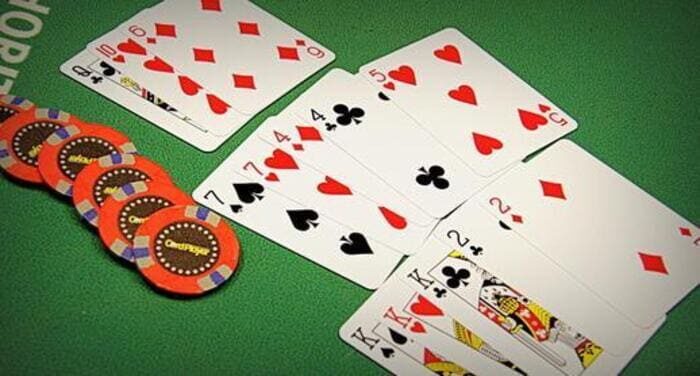Many poker players swear by a “never limp” mantra, while others have only one rule: “thou shalt open-limp preflop”. In truth, though, both strategies can be effective. The key is to know what situations warrant a limp and when to do so.
When to limp depends on your play style, the play style of the rest of the table and other variables like position. Generally, you’ll want to limp in with hands that can connect to the board on the flop or river. However, there are a few exceptions.
For instance, if you’re in late position and your opponent has a weak hand, you should consider raising preflop. This way, you can weed out the competition and have more chances to make a strong hand.
Another case in point is if you have a medium-strength holding. This is a decent enough hand to bet, but you’ll want to check the flop and call if there’s a raise. This is a very good way to get the most value from your hand.
You’ll also want to limp in with your marginal hands when playing at looser games, as the odds of making a strong hand are higher than they would be in tighter ones. However, you should never limp into a pot when you’re in the big blind or on the button because this will tell your opponents that you have a weak hand. They’ll be able to isolate you and steal pot after pot from you.
Limping in can also be a great strategy when you’re playing against strong opponents and you want to avoid giving them full control of the pot. If you’re playing against a player that doesn’t raise very often, you can use this to your advantage by limping in with a strong hand and then calling them on the flop. This will force them to play more aggressively, as they’ll be afraid that you’re going to raise.
When you’re playing in a game with many good players, you may find yourself in situations where you can’t raise preflop. This could be because there are too many players and the pot is already huge or because your opponents will assume that you have a weak hand when you don’t raise. In these cases, you’ll want to limp in so that you can entice your opponents into raising on the flop or the river.
You should also consider limping in when you’re seated in the small blind and you have a solid holding. In this situation, the BB will usually fold and you’ll be able to see the flop cheaply. Then, on the flop, you can choose to bet and potentially win a big pot if you hit it. However, if you’re in the BB with a weak holding, you should probably just fold. This will save you a lot of money in the long run.
